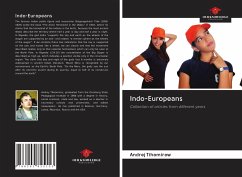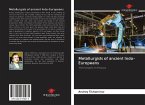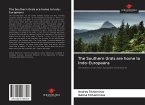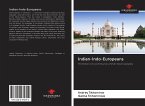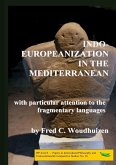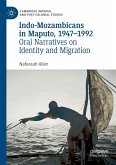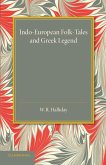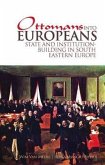The famous Indian public figure and researcher Balgangadrach Tilak (1856-1920) wrote the book "The Arctic Homeland in the Vedas" in 1903, where he claims that the homeland of the Indians is the Arctic, because the most ancient Vedas describe the territory where half a year is day and half a year is night. In R¿gveda, the god Indra "supports the sky and earth as the wheels of the wagon are supported by an axis" and rotates "a remote sphere as the wheels of the wagon". If we combine these two indications that the sky is supported on the axis and moves like a wheel, we can clearly see that the movement described relates only to that celestial hemisphere which can only be seen at the North Pole. In Rigveda (I.24.10) the constellation of the Big Dipper is described as high up, which indicates a position visible only in the circumpolar region. The claim that day and night of the gods last 6 months is extremely widespread in ancient Indian literature. Mount Meru is recognized by our astronomers as the Earth's North Pole. "On the Meru, the gods see the sun after its one-time ascent during its journey, equal to half of its conversion around the earth".
Hinweis: Dieser Artikel kann nur an eine deutsche Lieferadresse ausgeliefert werden.
Hinweis: Dieser Artikel kann nur an eine deutsche Lieferadresse ausgeliefert werden.

